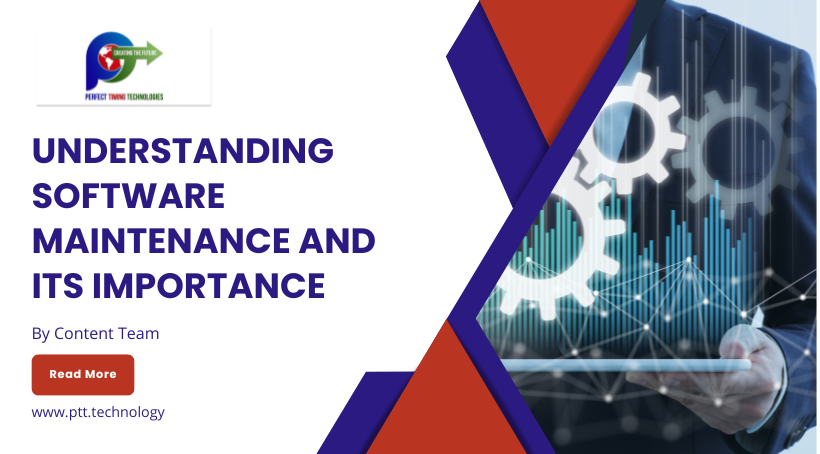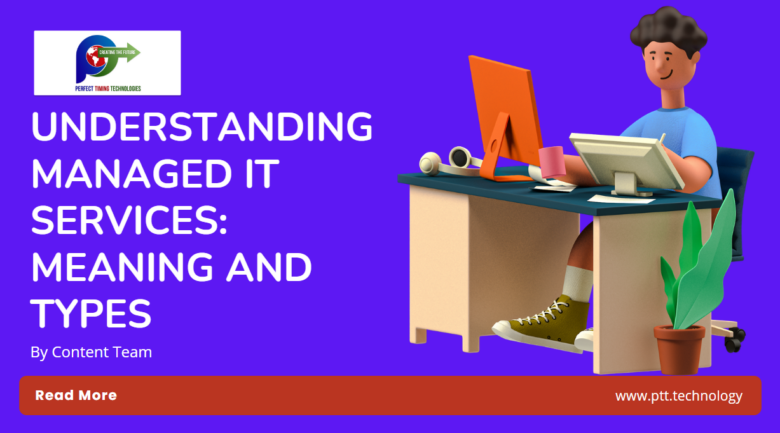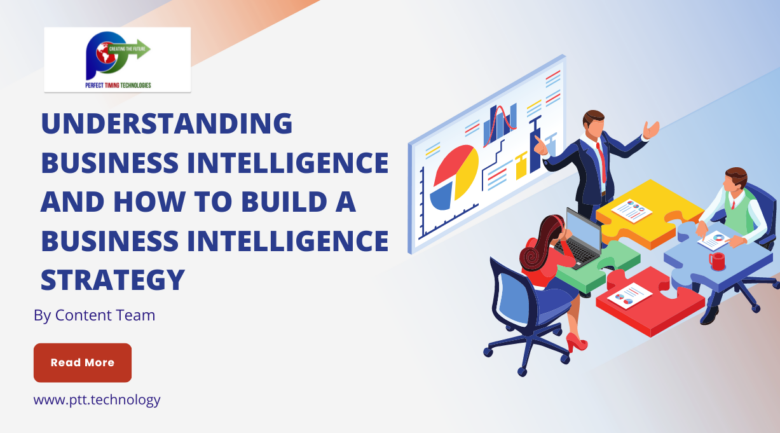
Just like every other industry, the software industry also goes through constant evolution. To respond to the technological changes or changes in user expectations, a business must modify its software solutions. The modification and enhancement done to the software is carried out through software maintenance.
In this article, we will discuss what software maintenance is and what are its benefits for a business.
What is Software Maintenance?
Software maintenance refers to the process that includes updating, modifying, and improving software after it has become operational. The goal of software maintenance is to keep the software running smoothly and to ensure that it continues to meet the needs of its users.
Software maintenance can include fixing bugs, adding new features, updating documentation, and improving performance. It is a significant part of the software development lifecycle that enables software to evolve and adapt to changing user needs and technological advancements.
The cost of software development is usually calculated as a pre-decided percentage of the original software development cost.
Different Types of Software Maintenance
There are different types of software maintenance, including corrective maintenance, adaptive maintenance, perfective maintenance, and preventive maintenance.
Let us discuss the four major types of software maintenance-
- Corrective Software Maintenance: Corrective software maintenance refers to identifying and fixing software defects or bugs that are undiscovered during the initial development or testing phases. This type of maintenance addresses software errors discovered after the software has been launched to users. Corrective maintenance is a crucial aspect of software development and ensures that software remains reliable and functional over time.
- Adaptive Software Maintenance: Adaptive software maintenance is a type of software maintenance that involves modifying a software system to keep it operational in a changing environment. This type of maintenance ensures that the software can continue functioning as intended in response to changes in its operating environment, such as changes to hardware, software platforms, or business requirements. Adaptive maintenance ensures the software systems can operate effectively over time, even as the operating environment changes. This maintenance helps to ensure that software systems remain reliable, functional, and secure.
- Preventive Software Maintenance: Preventive software maintenance is a proactive approach to software maintenance that involves identifying and addressing potential issues before they become problems. It is designed to reduce the likelihood of future software failures and improve the overall reliability of the software. By identifying and addressing potential issues before they become problems, preventive maintenance can help to improve the overall reliability of software systems and reduce the costs associated with software maintenance and downtime.
- Perfective Software Maintenance: Perfective software maintenance is a type of software maintenance that involves bringing modifications to the software to improve its performance, efficiency, or user experience without changing its functionality. This maintenance type improves the quality of the software and enhances its features. By continuously improving the software’s performance and functionality, perfective maintenance can help software remain relevant and useful to its users.
Why is Software Maintenance Important for Businesses?
With so many new entrants in the business world every day, modern businesses must significantly invest in software maintenance to match with the latest trends.
Mentioned below are some of the most important advantages of software maintenance businesses must consider-
- Improved functionality: Software maintenance improves the functionality of the software by fixing bugs and errors which are found after release. It ensures that the software continues to meet the needs of users.
- Increased efficiency: By updating the software, its performance can improve resulting in faster processing times and increased efficiency.
- Enhanced security: Software maintenance can address security vulnerabilities and make the software more secure, protecting it from malicious attacks.
- Extended lifespan: Regular maintenance can extend the lifespan of the software, allowing it to continue to meet user demands for longer.
- Cost savings: Fixing bugs and making improvements through software maintenance can be less costly than developing a new software system from scratch.
- Improved user satisfaction: By addressing user feedback and making improvements based on their needs, software maintenance can increase user satisfaction with the software.
Final Thoughts
Software maintenance is an essential process that ensures the continued functionality, security, and efficiency of software systems. It can help businesses save costs, improve user satisfaction, and extend the lifespan of their software.







